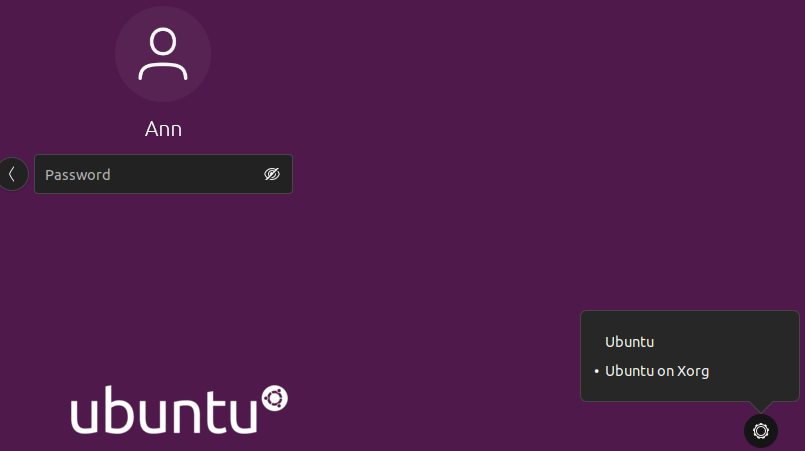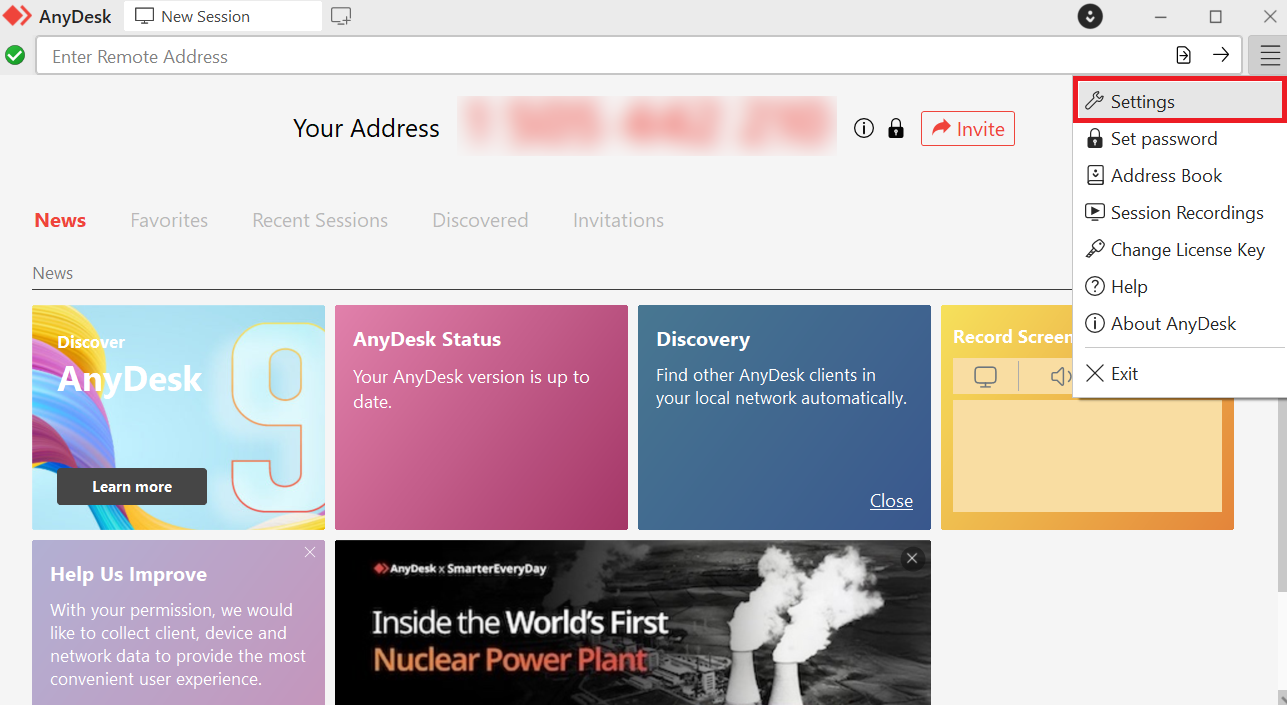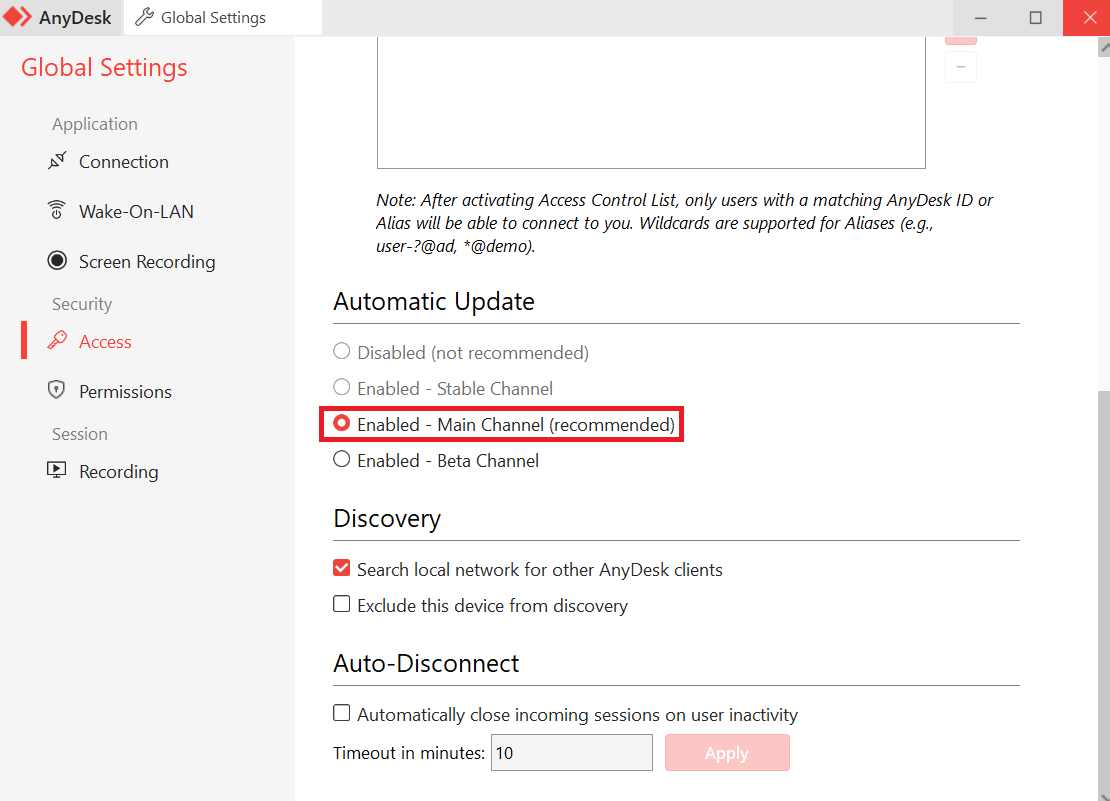Fixing AnyDesk Display Server Not Supported Error
- HelpWire
- →
- Blog
- →
- AnyDesk Not Working
- →
- Fixing AnyDesk Display Server Not Supported
When a Linux display server is incompatible with AnyDesk, a notorious error message usually appears: “display server not supported.” This problem is also common if you are using Wayland or other modern protocols as an alternative to the traditional X.Org server.
Another typical culprit is when your AnyDesk version is outdated or you have misconfigured firewall settings.
Whatever the root cause is, this issue is solvable. In this guide, we provide effective fixes to AnyDesk “display server not supported” error.

1. Turn Off Wayland
Simply disabling Wayland has helped many users resolve the display server not supported AnyDesk error. This measure can be effective when Wayland’s connection with remote desktop tools like AnyDesk goes awry.
To turn off Wayland, press Ctrl + Alt + T to launch a terminal window. Then, enter the following command:
sudo gedit /etc/gdm3/custom.conf
This command prompts the launch of the GNOME Display Manager (GDM) configuration file with admin access. Open the file and locate the [daemon] section.
Search for the line that indicates:
#WaylandEnable=false
Remove the “#” at the beginning to uncomment it.
If you prefer to enable automatic login, uncomment the next two lines by removing the “#” symbols:
AutomaticLoginEnable=trueAutomaticLogin=$USERNAME
Then, replace $USERNAME with your actual Linux username.
Make sure to save your changes before closing the file. Your settings will take effect after restarting your machine.
2. Switch to Xorg Display Server
The traditional Xorg server (also known as X11) offers better compatibility with AnyDesk and other remote desktop software. So, if you experience the AnyDesk Linux display server not supported error, you can switch from Wayland to the Xorg Display server to solve it.
It is easy to toggle between Wayland and Xorg in Ubuntu. You start by rebooting your computer.
On the login screen, select the “Ubuntu” or “Ubuntu on Xorg” option. Click it, then proceed to log in.

If you don’t see the session option, your system may be set to log in automatically. In that case, you’ll need to turn off automatic login first.
If you want to disable automatic login, follow these steps:
-
Step 1: Open the Settings app from the application launcher.
-
Step 2: Proceed to the Users section in the sidebar.
-
Step 3: Click the Unlock button in the top-right corner and enter your password.
-
Step 4: Toggle Automatic Login off.

3. Temporarily Disable Firewall
Your system’s firewall may block the connection between AnyDesk and its remote server. When this occurs, you might receive the “Anydesk linux display server not supported” notification, which prevents you from accessing the server.
A quick fix for this problem is to disable the firewall on Ubuntu.
Launch a window terminal and use this command to verify if the firewall (UFW – Uncomplicated Firewall) is active:
sudo ufw status
To disable an active firewall, enter the code below:
sudo ufw disable
Check if the issue is resolved by reattempting to connect the remote desktop to AnyDesk.
4. Keep AnyDesk Up to Date
An outdated AnyDesk version hinders any remote desktop connection on its servers. That’s because an outdated server lacks the latest fixes and updated display protocols that support remote desktop compatibility.
To update AnyDesk:
-
Step 1: Open the AnyDesk app on your computer
-
Step 2: Click on the menu icon (horizontal lines) located in the upper-right corner of the window

-
Step 3: Go to Settings > Access.
-
Step 4: Select the option “Enabled – Main Channel (Recommended)” to ensure that AnyDesk automatically receives updates from its main release channel.

5. Choose Best AnyDesk Alternative
What if the solutions above left the issue unresolved?
It might be time to consider an alternative free remote desktop software like HelpWire, which offers unattended and on-demand access across Windows, macOS, and Linux.
Built for speed and ease of use, HelpWire delivers a top-notch remote support experience for both solo professionals and teams alike.
Key Features of HelpWire:
-
Launch Instant Remote Connection:
Users can initiate secure support sessions with a single click and no complex setup required.
-
Unattended Remote Access:
Manage and troubleshoot devices anytime, even when no one’s on the other end.
-
Effortless File Transfer Mechanism:
Share documents and files with your client while connected via simple drag-and-drop mechanics.
-
Built-in Live Chat:
Get in touch with clients during the remote session for quick problem resolution.
HepWire stands out as an alternative to AnyDesk in terms of speed, security, and convenience. Whether you’re a casual or professional user, this tool can level up your remote session experience in no time.